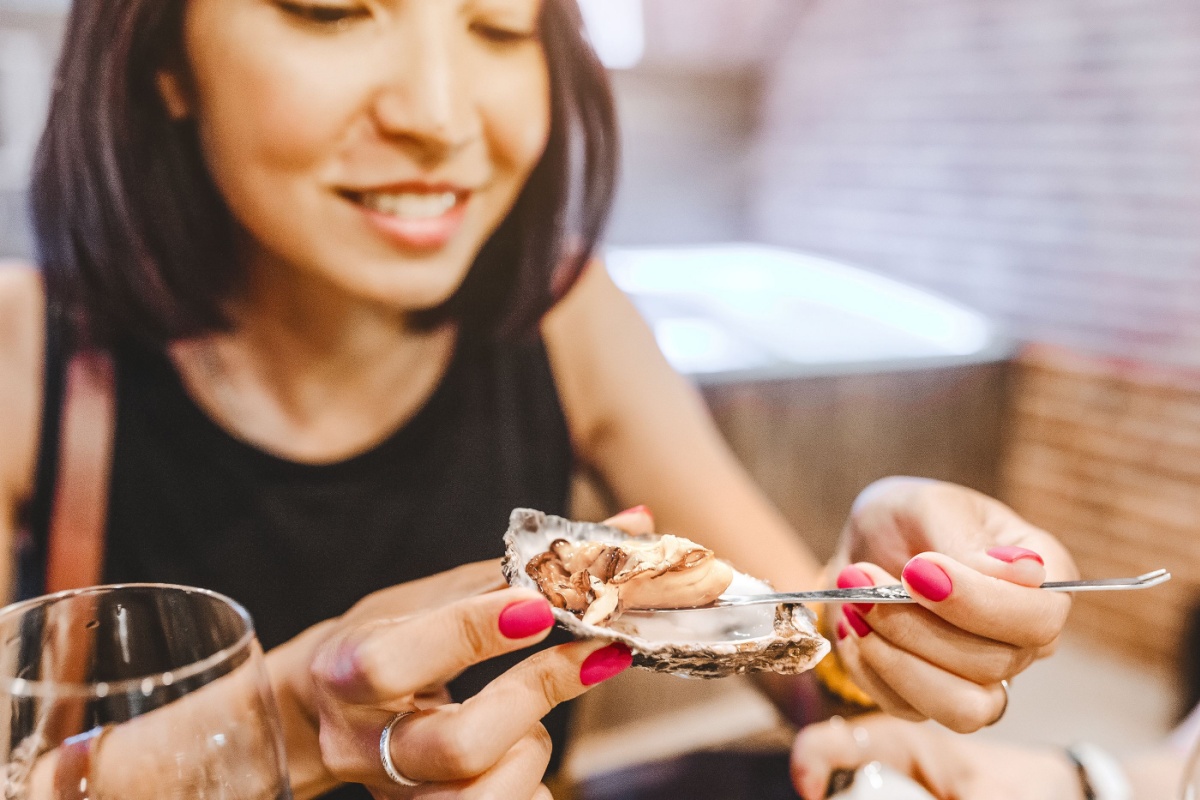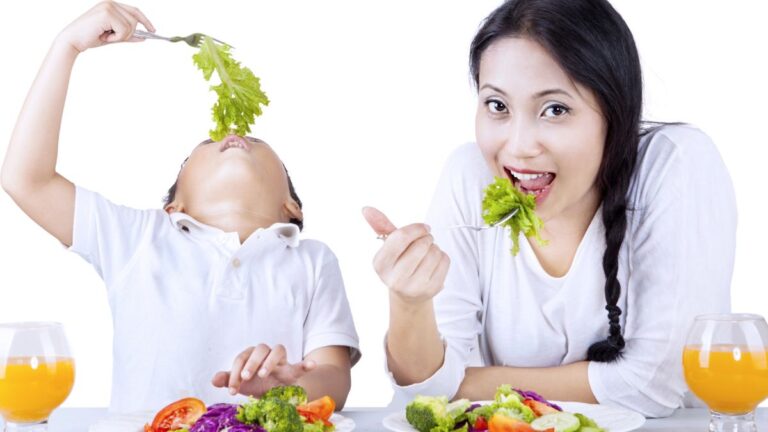15 Common Foods That Can Be Toxic If Not Eaten Properly
We often eat certain foods every day without giving much thought to how they’re prepared. While most foods are safe when handled correctly, some can become harmful if not consumed correctly. From fruits and vegetables to fish and nuts, these are everyday foods that can carry toxins or dangerous elements if mishandled or over-consumed.
Potatoes

Potatoes are a staple in many diets but can be toxic when eaten green or sprouting. Green potatoes contain solanine, a toxin that can cause nausea, headaches, and other symptoms. Solanine develops when potatoes are exposed to light for too long, so store them in a cool, dark place.
If you notice any green spots or sprouting, it’s best to cut those parts away or avoid eating the potato entirely. Proper storage can make all the difference in avoiding potato-related issues.
Almonds

Almonds are a nutritious snack, but did you know that bitter almonds contain a compound called amygdalin, which can turn into cyanide in your body? Fortunately, the almonds you typically find in stores are sweet and safe to eat.
On the other hand, bitter almonds should never be eaten raw and are often processed to remove toxins before being consumed. Always ensure you’re consuming sweet almonds to enjoy their benefits without the risks.
Apple Seeds
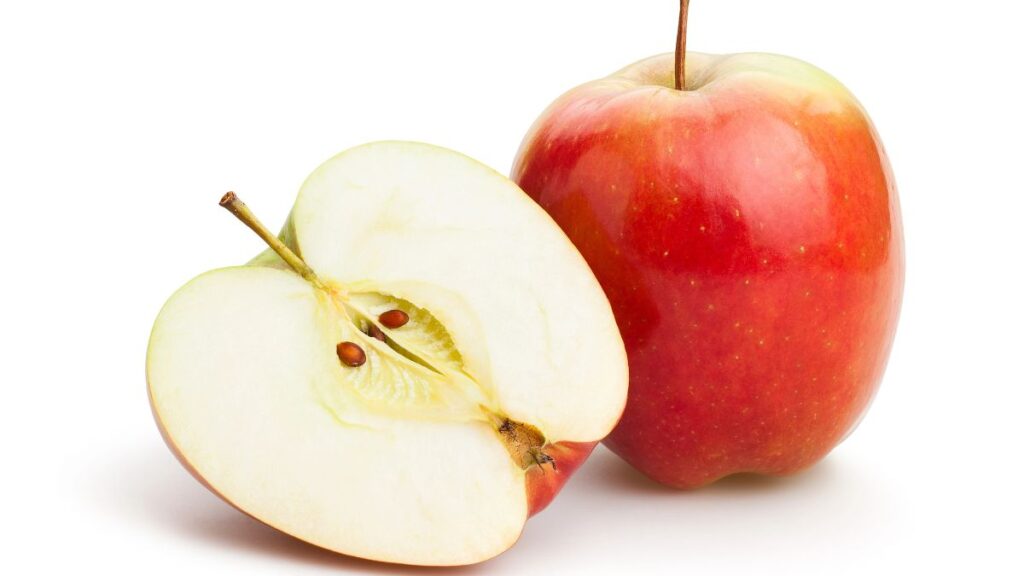
Apples are a healthy fruit, but their seeds contain amygdalin, which can release cyanide when digested. Eating a few seeds won’t harm you, but consuming large quantities can be dangerous.
It’s best to avoid eating the seeds entirely by removing them before enjoying your apple. Don’t worry, though — the apple itself is perfectly safe and packed with nutrients!
Rhubarb

Rhubarb stalks are commonly used in pies and desserts, but the leaves are highly toxic. Rhubarb leaves contain oxalic acid, which can cause kidney failure if ingested in large amounts.
Permanently remove and discard the leaves before cooking or eating rhubarb. When appropriately prepared, the stalks are a delicious and tangy addition to your meals, but the leaves should always be avoided.
Cherry Pits
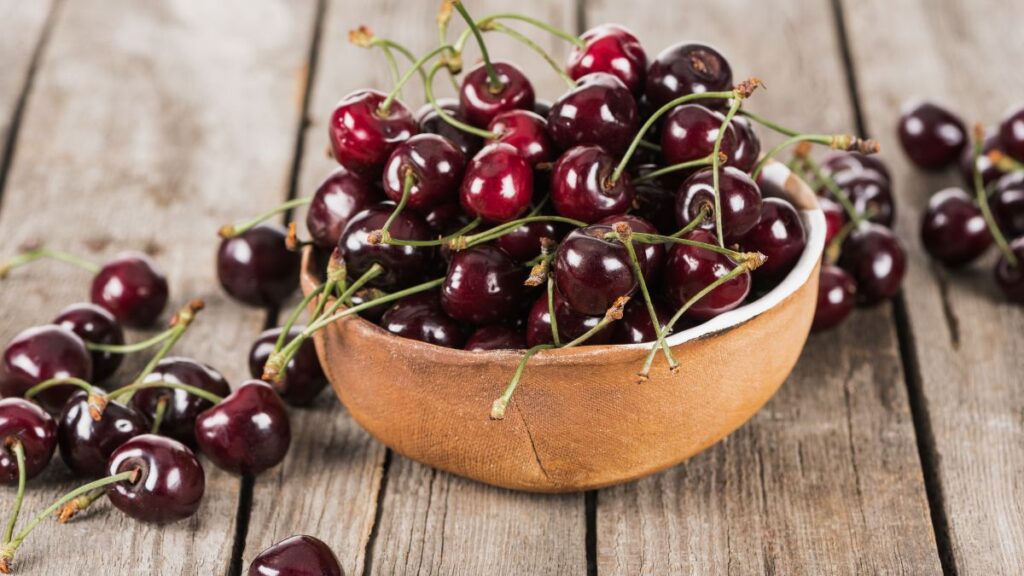
Cherries are a summer favorite, but their pits contain cyanogenic compounds that can turn into cyanide when chewed or crushed.
Accidentally swallowing a whole pit won’t cause harm, as the body can pass it naturally, but chewing on it can be dangerous. Always spit out the pits or remove them before using cherries in recipes to ensure safe consumption.
Kidney Beans
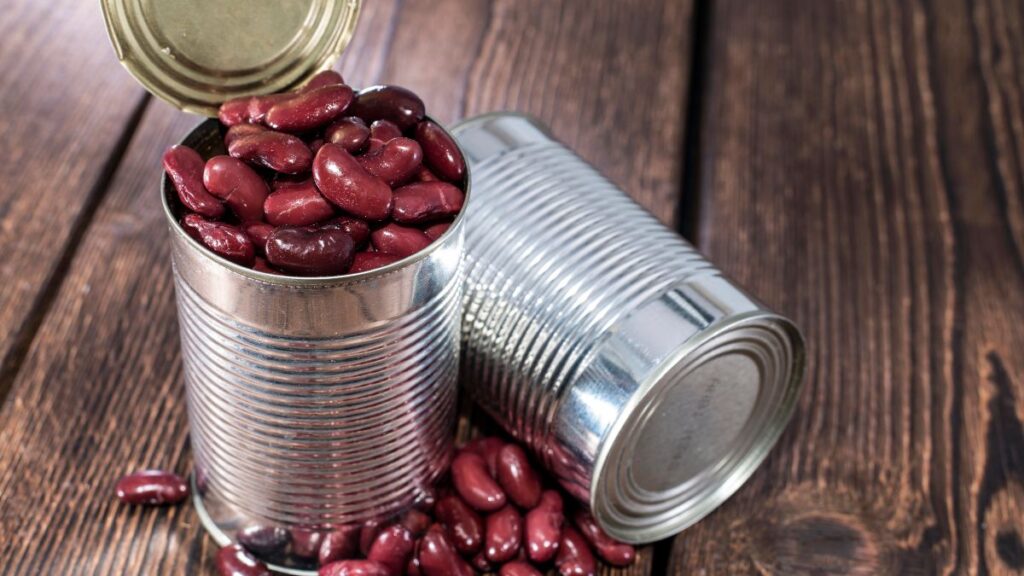
Kidney beans are a healthy source of protein and fiber, but when raw, they contain a natural toxin called phytohemagglutinin. Eating raw or undercooked kidney beans can cause severe stomach issues, including nausea and vomiting.
To enjoy them safely, always soak kidney beans overnight and boil them thoroughly before eating. Canned beans are also safe, as they’ve already been cooked.
Cashews
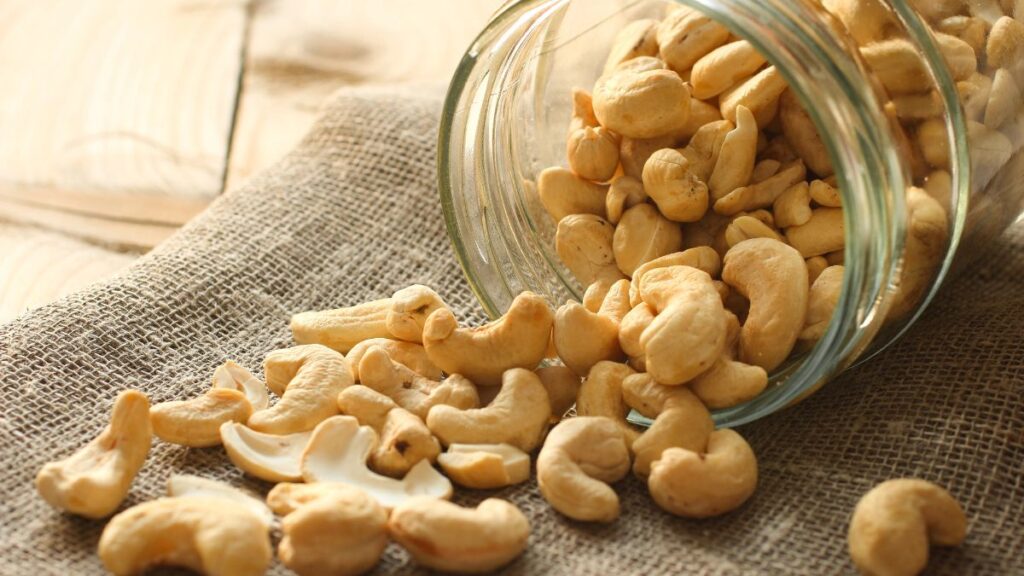
Raw cashews, often found in health stores, aren’t raw — they’ve been steamed to remove a toxic substance called urushiol, also found in poison ivy. True raw cashews are dangerous to eat because of this toxin.
Always buy pre-treated cashews from reputable sources to avoid any risk. When properly processed, they’re a delicious and nutritious snack.
Nutmeg
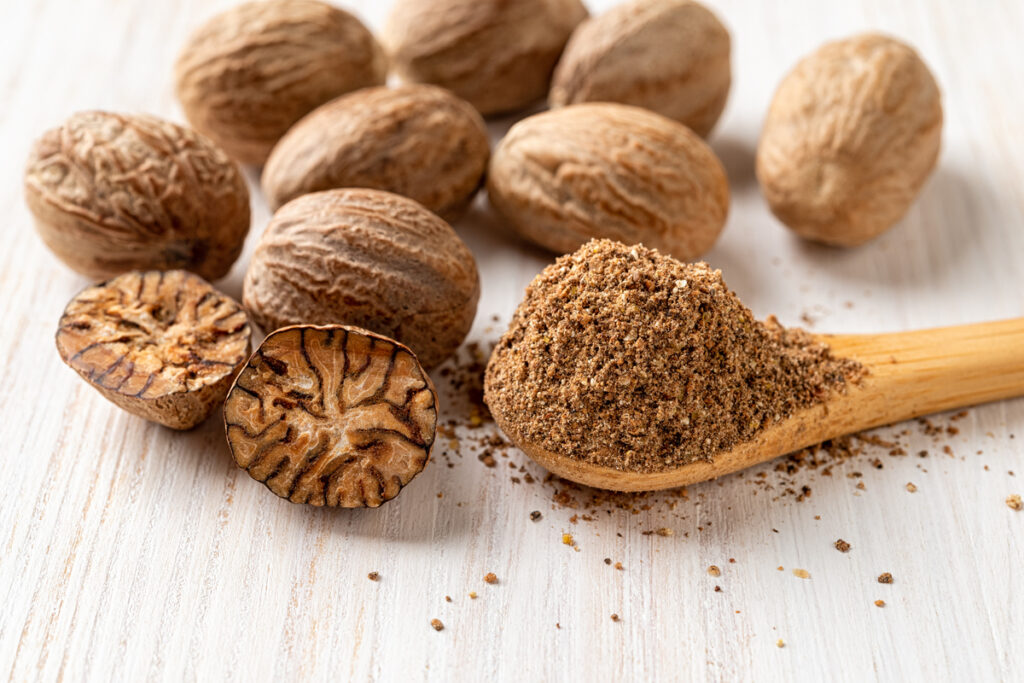
Nutmeg is a popular spice, especially around the holidays, but consuming too much can be harmful. Large amounts of nutmeg can cause hallucinations, nausea, and even seizures due to a compound called myristicin.
Using nutmeg in small quantities for seasoning is perfectly safe, but avoid overdoing it. A little goes a long way in the kitchen!
Honey
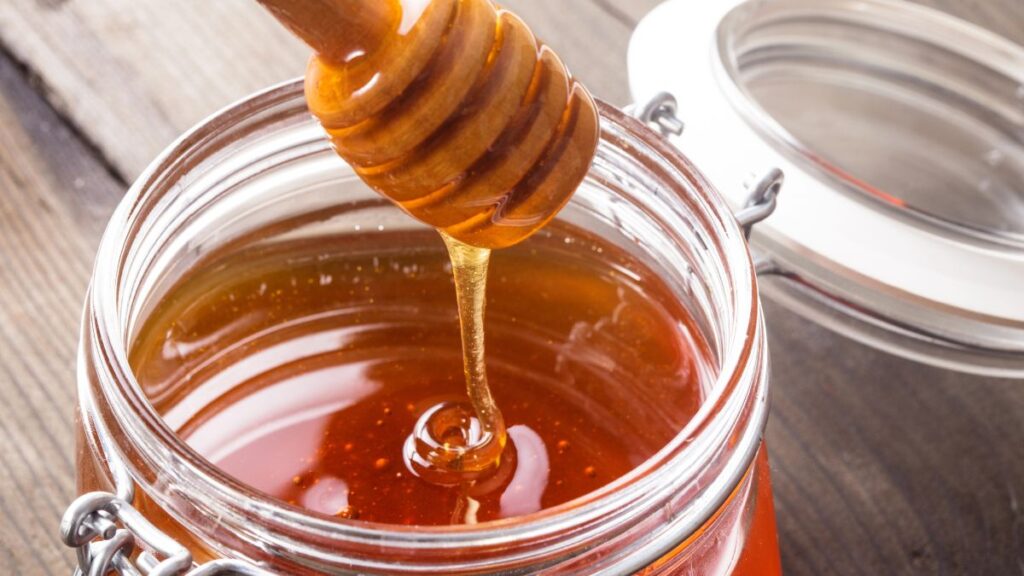
Honey is a natural sweetener, but unpasteurized honey can contain grayanotoxin, which can cause dizziness, weakness, and nausea. Most honey sold commercially is pasteurized, making it safe to eat.
However, raw honey, especially from less regulated sources, may be risky if consumed in large amounts. Stick to pasteurized honey, or be mindful of where your raw honey comes from.
Shellfish
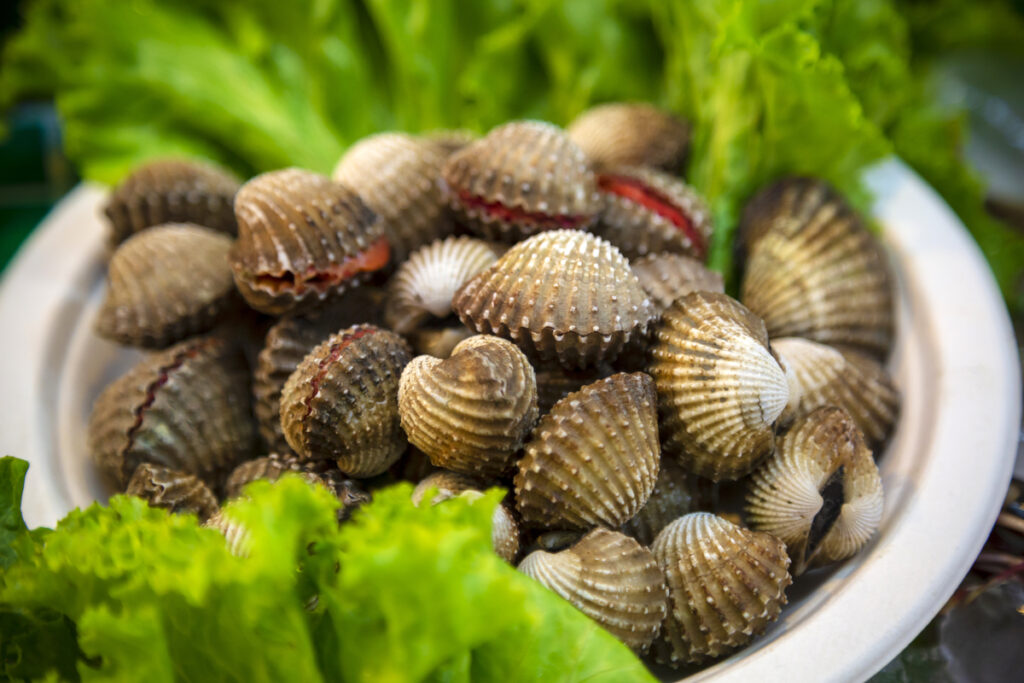
Shellfish like shrimp, mussels, and clams can be a tasty treat, but if they’re not fresh or cooked properly, they can cause serious food poisoning. Shellfish can harbor harmful bacteria or toxins, particularly when harvested from polluted waters.
Always ensure shellfish are cooked thoroughly to reduce the risk of foodborne illness. Freshness is key when it comes to safely enjoying shellfish.
Tomatoes
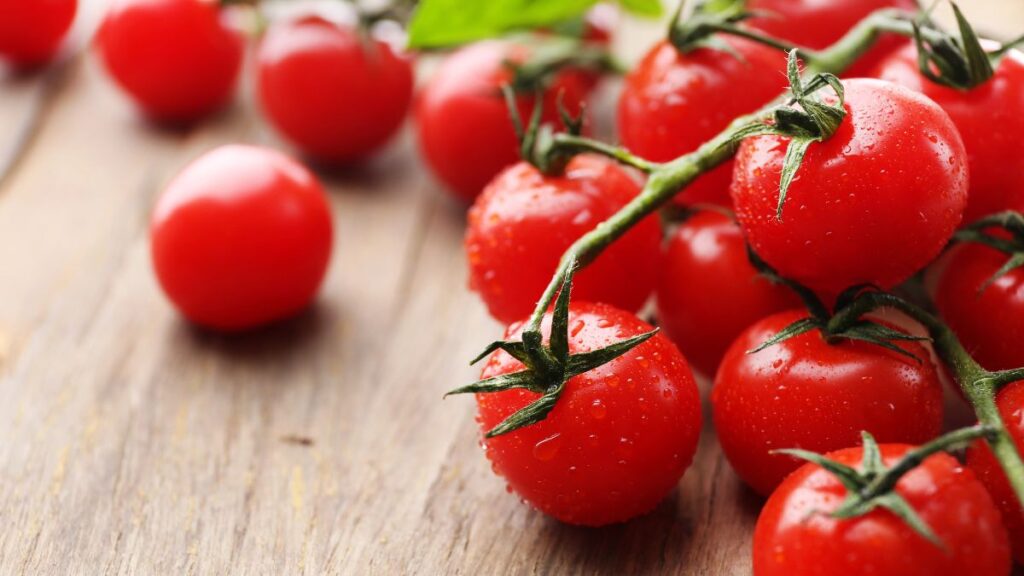
Tomatoes are a staple in many dishes, but their leaves and stems contain solanine, the same toxin found in green potatoes. While the fruit is safe to eat, you should avoid consuming the green parts of the plant.
If you grow your own tomatoes, be sure to trim off the leaves and stems before preparing them. Ripe tomatoes are a healthy and delicious addition to any meal.
Tuna
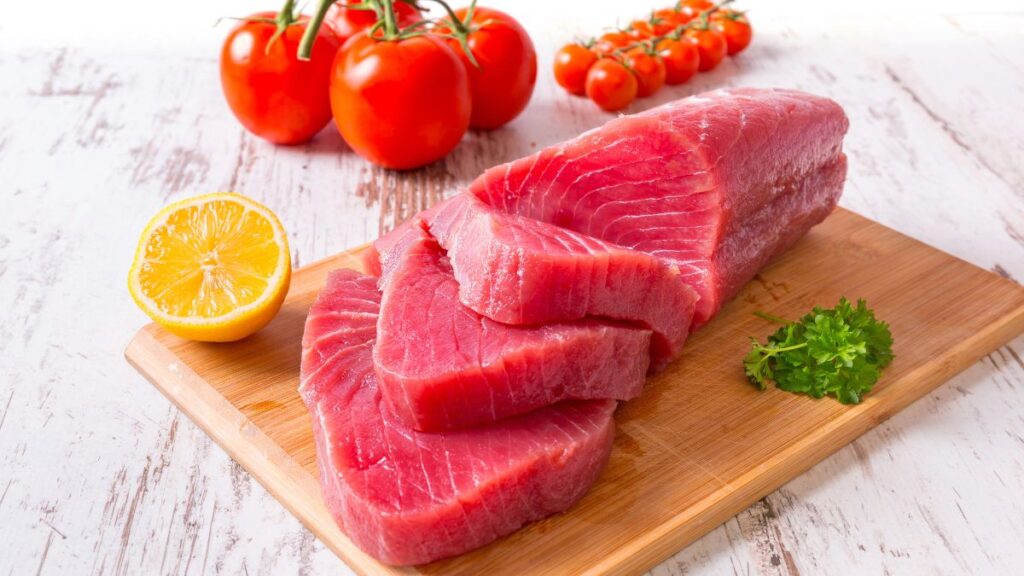
Tuna is a great source of lean protein and omega-3 fatty acids, but it can also contain high levels of mercury, which is toxic in large amounts. Overeating tuna, especially certain species like albacore, can lead to mercury poisoning over time.
Limit your tuna consumption and opt for other low-mercury fish like salmon to reduce your risk. Enjoy tuna in moderation to keep it safe.
Raw Eggs
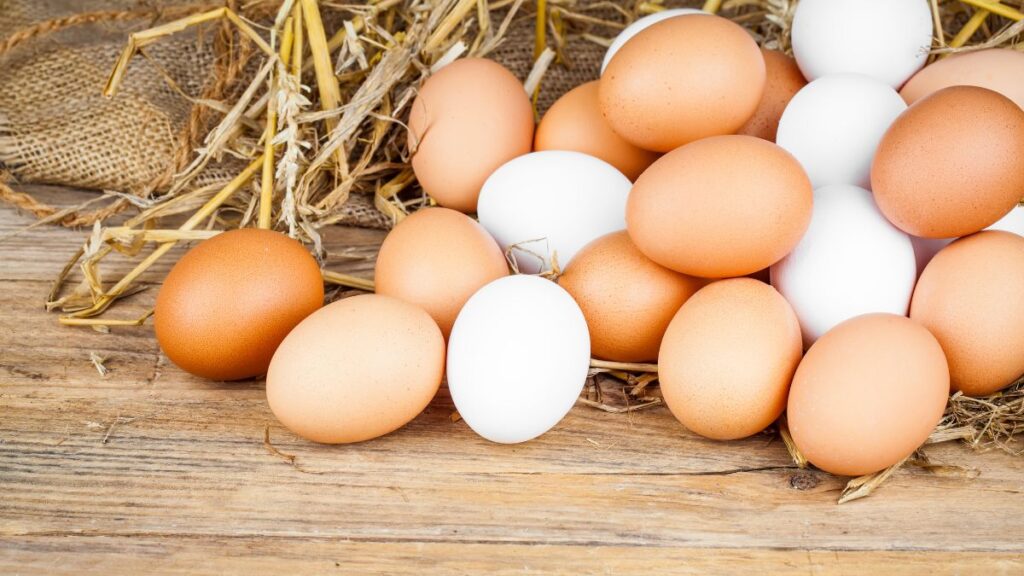
Raw eggs can carry salmonella, a dangerous bacteria that can cause food poisoning. While eggs are a great source of protein, it’s important to cook them thoroughly before eating.
Some foods, like homemade mayonnaise or raw cookie dough, may contain raw eggs, so always use pasteurized eggs if you plan on eating them uncooked. Cooking eggs properly ensures they’re safe and nutritious.
Peaches
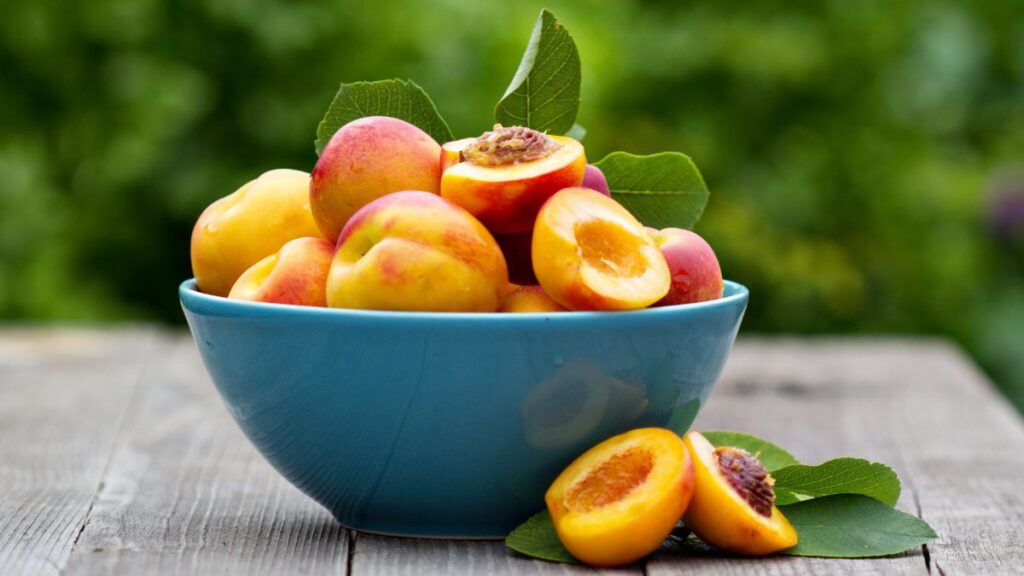
Peaches are a sweet and juicy fruit, but their pits, like those of cherries and apples, contain cyanogenic compounds that can be toxic if chewed.
Make sure to avoid the pit and enjoy the fruit itself. While accidentally swallowing a pit is generally not dangerous, it’s always best to be cautious.
Elderberries
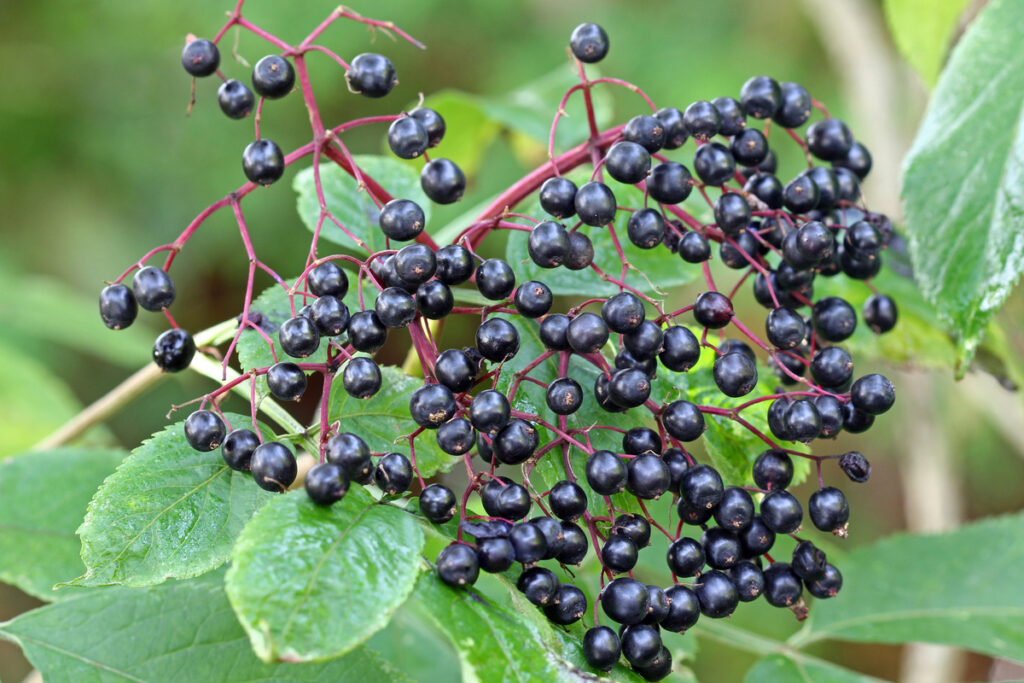
Elderberries are often used in syrups and jams for their immune-boosting properties, but the raw berries, leaves, and seeds contain cyanogenic glycosides, which can cause nausea and vomiting.
Always cook elderberries thoroughly before eating them to remove the toxins. Elderberries are a great natural remedy for colds and flu when prepared properly.
15 Things You’re Too Old For After Age 50

As we grow older, we gain wisdom, experience, and a clearer sense of who we are. By the time you reach age 50, certain habits, trends, and activities no longer serve you. Life is too short to waste time on things that don’t add value or bring joy.
15 Things You’re Too Old For After Age 50
15 Things That Have Become So Expensive People Are Giving Them Up

With the cost of living steadily increasing, people are being forced to rethink how they spend their money. Many everyday items, services, and activities have become too expensive to justify.
15 Things That Have Become So Expensive People Are Giving Them Up

